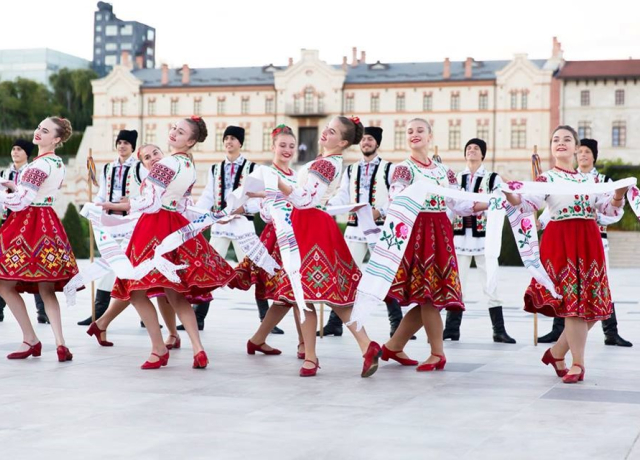Cultural Heritage of the Republic of Moldova Celebrated in September
Cultural Heritage of the Republic of Moldova Celebrated in September
The last week of September put the spotlight on the heritage of the Republic of Moldova as dozens of European Heritage Days events were held across the country.
Between 24 and 28 September, over 60 localities from 18 districts of Moldova opened the doors to their historic and cultural landmarks to celebrate shared European values. Various museums, galleries, educational institutions, and local departments of culture participated in the event with thematic exhibitions, tours, walks, and lectures.
Their joint effort to promote heritage of Moldova and explore its European contexts made this year’s edition one of the most successful and exciting ones. According to Moldova’s Minister of Education, Culture and Research, Monica Babuc, European Heritage Days are growing in popularity year by year, enabling a number of people to explore their cultural environments. She said:
“Every year the events dedicated to the European Heritage Days in the Republic of Moldova are more and more popular and they attract different categories of people. This is the proof that our citizens, especially the young generations, are interested in knowing the past of our country and that we have an European future. European Heritage days in the Republic of Moldova are a wonderful opportunity to celebrate together our common cultural heritage.”
Heritage Trainings, Exhibitions, Tours, and More
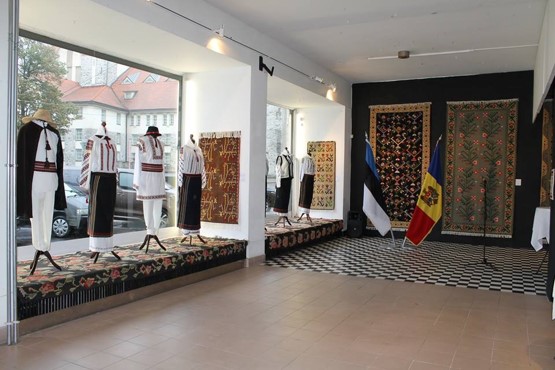
The European Heritage Days programme in Moldova officially opened with a training course on Architectural Conservation dedicated to young professionals in the fields of architecture, engineering and archaeology. It was organised by the Twinning Project „Support to Promote Cultural Heritage of the Republic of Moldova through its Preservation and Protection”, financed by the European Union, in collaboration with the institutions of the Ministry of Education, Culture and Research.
The launch event was followed by numerous exciting activities that took place across the country throughout the week.
For one evening, Castle Mimi, the historic winery located in the village Bulboaca, became a meeting place of heritage explorers, history enthusiasts, and wine lovers. Built in 1901 by Constantin Mimi, the last tsarist governor of Bessarabia, the site is a landmark of the Anenii Noi District that gives a unique insight into its history.
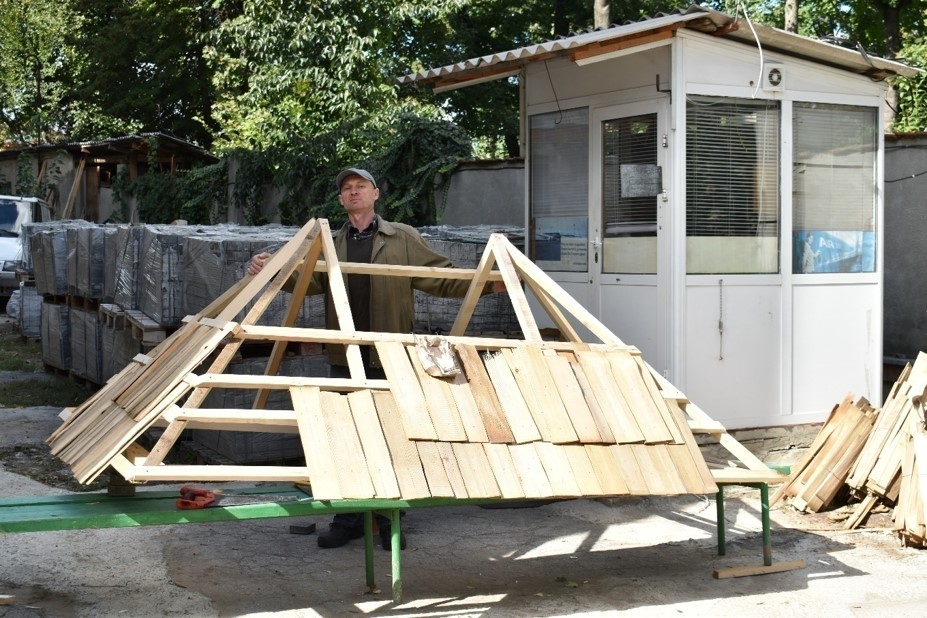
In Chișinău, national history and traditions have been reborn during the workshop Immortality at the countryside („Veșnicia s-a născut la sat”). Organized at the National Museum of Ethnography and Natural History, the workshop welcomed students from technical educational institutions and people interested in the traditional crafts.
One of the highlights of European Heritage Days in Moldova was also a cross-frontier event that was organized by the Ministry of Education, Culture and Research at the Embassy of the Republic of the Moldova in the Republic of Estonia. The exhibition Woven Poems was presented in Tallinn, inviting the Estonian public to get a glimpse of the history of folk art in the Republic of Moldova.
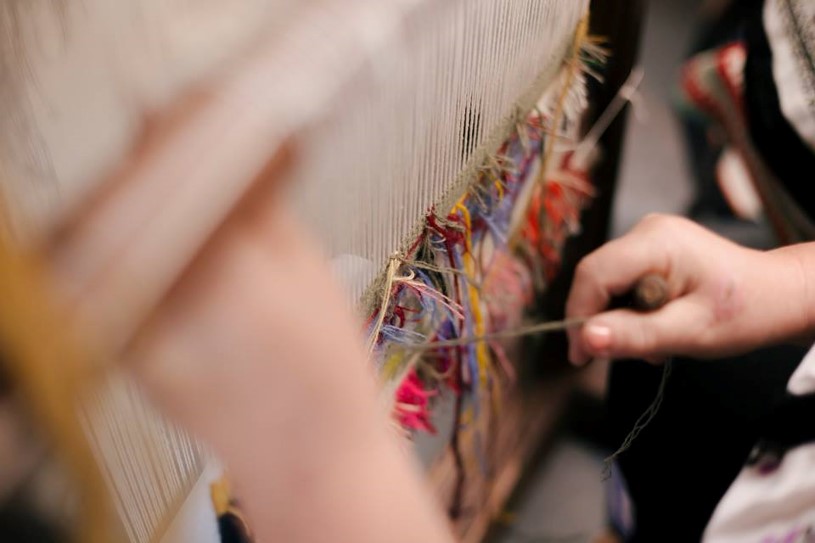
Another event dedicated to the traditional wall-carpet craftsmanship in Romania and Moldova was organized by the National History Museum. Titled The Magic Old Carpets, the collection included carpets dating from the XVIII-XIX centuries, many of which were exhibited for the first time after a long restoration process by the specialists of the National History Museum.
European Heritage Days in Moldova inspired an interesting cross-collaboration project of different public and private sector organisations involved in the preservation of the cultural heritage. The National Archaeological Agency worked together with local public authorities, halls, professors, and students from the Moldova State University to organise several scientific conferences and practical activities at the archaeological excavations from Soldanesti and Cimislia districts.
The color layers of the city Chișinău were presented by the National Agency for Inspection and Restoration of the Monuments during an exhibition that reveals the colors used on the fronts of the monuments and the changes that appeared during the centuries.
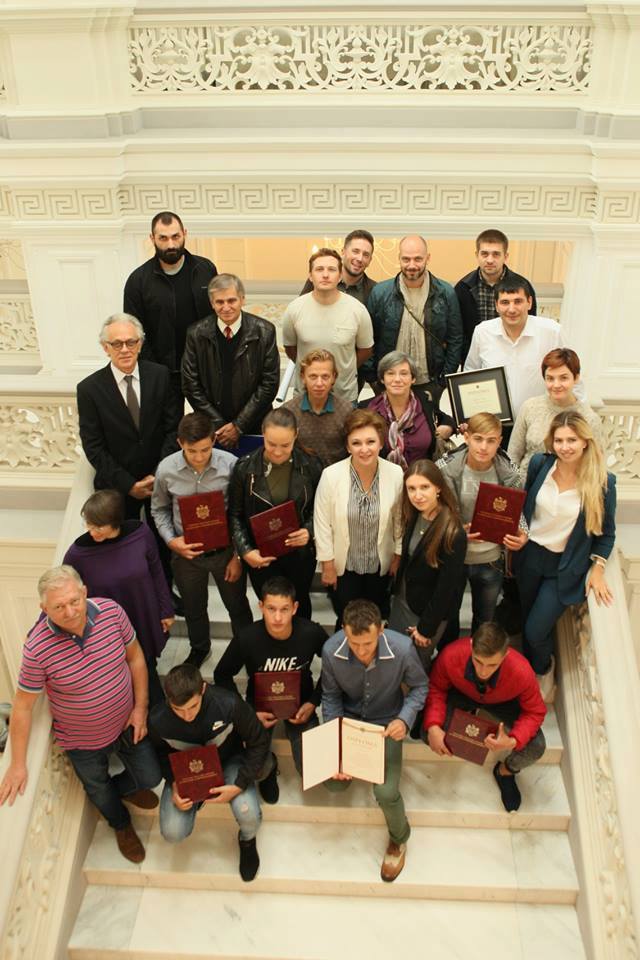
At the award ceremony that was organized at the National Art Museum, the main actors were the young students that participated to the events and the people who do not work in institutions related to the cultural heritage, but who are interested in the preservation and promotion of the cultural heritage.
With these and all the other engaging European Heritage Days events, the Republic of Moldova took its citizens to a memorable cultural journey. They could travel back through time to learn about their past traditions and historic values, while being a part of the effort to preserve their heritage for future generations.
